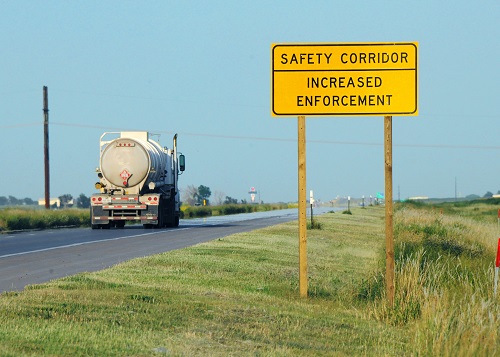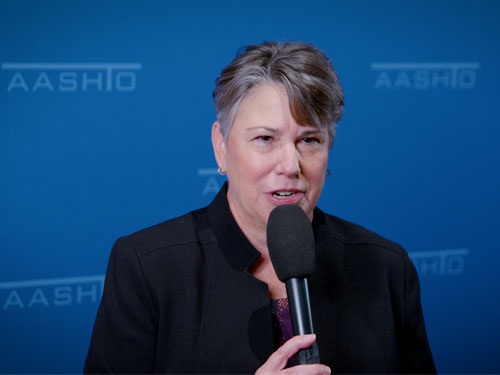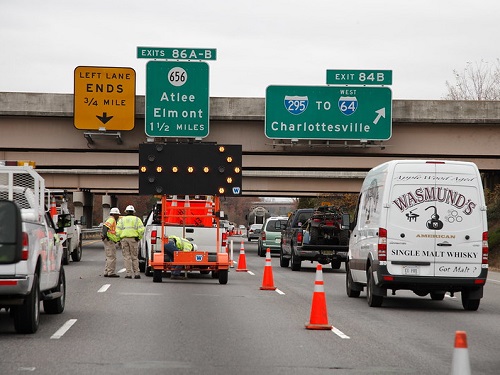Preliminary estimates released by the National Safety Council indicate traffic deaths in the United States declined 3 percent through the first six months of 2023 compared to the same period in 2022.
[Above image by Virginia DOT]
The group noted in a statement that its analysis also shows the decrease in deaths occurred even as vehicle miles travelled or VMT increased 2.3 percent through the first six months of 2023 compared to 2022. With the decrease in deaths and increase in mileage, the death rate per VMT decreased 5.6 percent to 1.34 per 100 million vehicle miles travelled from 1.42 in 2022.
The NSC emphasized that its estimates are subject to slight increases and decreases as the data matures.

[Editor’s note: The American Association of State Highway and Transportation Officials 2023 Safety Summit in Kansas City October 17-19. That summit is being held in conjunction with a joint meeting of AASHTO’s Committee on Safety, Council on Active Transportation, and Committee on Planning, which will meet after the event concludes to craft a “safety action plan” designed to advance safety consistently throughout the transportation project development lifecycle and across the functions and services of state departments of transportation.]
NSC added that it collects fatality data every month from all 50 states and the District of Columbia and uses data from the National Center for Health Statistics, so that deaths occurring within one year of the crash and on both public and private roadways – such as parking lots and driveways – are included in the estimates.
State DOTs have been engaged in a number of efforts since the start of 2023 to reduce the rising number of traffic fatalities across the country.
For example, in August, Governor Mike DeWine (R) and the Ohio Department of Transportation highlighted the investment of $61 million in funding for 27 new traffic safety projects in numerous counties statewide. That round of funding from the Ohio DOT’s Highway Safety Improvement Program includes the installation of Restricted Crossing U-Turns or RCUTs, roundabouts, sidewalks, and other safety measures.

In July, the Kansas Department of Transportation helped launch a new five-year Safety Corridor pilot program to reduce fatalities and serious injuries along specific stretches of four major interstates. Increased law enforcement, traffic safety education campaigns, low-cost engineering improvements and a review of emergency response issues are part of the comprehensive approach of the program’s goals.
To address the rising number of fatalities on California roadways, the California Office of Traffic Safety launched the “Go Safely Movement” campaign in May with the help of the California State Transportation Agency, California Department of Transportation, and California Highway Patrol.
Additionally, AASHTO hosted a knowledge session – sponsored by HDR – at its 2023 Spring Meeting in Seattle that detailed the vital role state DOTs can play in achieving zero roadway fatalities across the United States.
“It really has to be a collaborative and national effort; we can no longer just worry about what’s happening in our own backyard,” explained session moderator Bernie Arseneau, highways and roads director for HDR, said at that session.
“We also need to shift from a reactive to a proactive stance when it comes to reducing roadway fatalities – and that is not an easy shift to make; it’s one with a lot of challenges,” he added. “It really means we must incorporate safety into every part of the transportation project cycle now.”
 Top Stories
Top Stories
USDOT Makes $1.5B Worth of BUILD Grants Available
December 19, 2025 Top Stories
Top Stories

